This article was medically reviewed by Cristian Macau, DDS. Dr. Macau is an oral surgeon, periodontist, and aesthetician at Favero Dental Clinic in London. He received his DDS from Carol Davila University of Medicine in 2015.
This article has been viewed 500,061 times.
If you have a loose tooth that seems like it needs to come out, then you will want to do all that you can to make sure that pulling the tooth is painless. You can reduce the chances of feeling pain by loosening the tooth as much as possible before you pull it, by numbing the area, and by relieving any pain that you have after the tooth has been pulled. If you can’t seem to pull the tooth on your own, then make sure that you see a dentist for help.
Steps
Loosening and Pulling a Tooth
-
1Eat crunchy foods. You can also eat crunchy foods to help loosen the tooth and help it to come out without any pain. Chew on apples, carrots, celery, or other crunchy foods to help loosen up your tooth a bit more.
- You may want to start with something that is not too crunchy to make sure that this does not cause you any pain. Try chewing on a peach or a piece of cheese to start and then move on to something a bit crunchier.
- Try not to swallow the tooth. If you feel like the tooth has come loose as you are chewing on something, then spit the food into a napkin to check for the tooth.
- If you accidentally swallow a tooth, then call your doctor or dentist. There is probably no cause to worry if a child swallows a baby tooth, but you may want to ask your dentist just to be sure.[1]
-
2Brush and floss your teeth. Regular brushing and flossing may also help to loosen your tooth and make it easier to pull out. Just try not to brush or floss too hard or it may be painful. Make sure that you brush and floss as usual (twice per day) to help loosen the tooth and keep your other teeth healthy as well.[2]
- To floss your teeth, use about 18 inches (46 cm) of floss and wind most of it around the middle finger of one hand and the rest around the middle finger of the other hand. Hold the floss between your thumb and your forefinger.
- Then, guide the floss between the loose tooth and its neighbor teeth with a back and forth motion. Try to curve the floss around the bottom of the loose tooth as you do so.
- You can also use an up-and-down motion to rub each side of each tooth.[3]
- For a better grip, use a flossing pick, which can be found in supermarkets.
Advertisement -
3Wiggle the tooth. The looser your tooth is when you try to pull it out, the less pain you will feel. You can use your tongue and fingers to loosen your tooth with a gentle wiggling motion. Just make sure that you do not pull or push your tooth too hard as you wiggle it or it may hurt.
- Use a gentle wiggling motion throughout the day to help loosen the tooth and make it ready to come out.
Numbing and Pulling the Tooth
-
1Suck on ice chips. Ice can help to numb the gums attached to your tooth and help to prevent pain from pulling a tooth as well. You can also suck on ice chips after pulling out a tooth to help numb the pain.[4]
- Suck on some ice chips right before you try to pull your tooth out. This should numb the area and help make pulling out the tooth pain-free.
- Try sucking on some ice chips throughout the day to help relieve the pain after you have pulled out a tooth.
- Do this 3-4 times per day for 10 minutes.
- Make sure that you give yourself a break after sucking on ice chips for a while. Otherwise, the ice may damage your gum tissue.
-
2Use teething gel to numb the area. You can also numb the tooth socket with a topical anesthetic gel that contains benzocaine. This may be helpful if wiggling the tooth still causes pain.[5] Apply a bit of teething gel to your gums before you pull the tooth to help numb the area.
- Make sure that you read and follow the manufacturer’s instructions for use.
- Some examples of teething gels are Orajel, Hyland’s, and Earth’s Best.
-
3Grip the tooth with sterile gauze. If you think that the tooth is loose enough to come out without pain, then use a piece of sterile gauze to grip the tooth and twist it.[6] When the tooth is ready to come out, it should be easy to twist and pull it out pain-free.
- If pulling on the tooth hurts or if the tooth does not seem to budge when you apply light pressure, then continue to try to loosen the tooth a bit more. Otherwise, pulling the tooth may be quite painful.
- Do back-and-forth and left-to-right movements, and twist it while pulling the tooth out. This will remove the existing tissue surrounding the tooth that keeps the gum attached.
-
4Wait to rinse out your mouth for 24 hours. After you pull a tooth, a blood clot will form in the tooth socket. It is important for this clot to remain in place, so that the area will heal properly. Do not rinse your mouth out, drink from a straw, or do anything else that involves suction or vigorous rinsing.
- Do not brush or floss the tooth socket or the area around it. You should still brush and floss your other teeth, but leave the tooth socket alone.
- You can rinse gently after brushing and flossing, but make sure that you avoid vigorous swishing.
- Avoid extreme temperatures. Eat room-temperature, soft food for the first two days after you pull out your tooth.
Reducing Pain After You Pull a Tooth
-
1Apply pressure to your gums until the bleeding stops. Applying pressure to your gums with sterile gauze after pulling out a tooth can reduce pain and stop any bleeding that occurs. If your gums hurt or bleed a little after you pull out a tooth, then roll up a new piece of gauze and apply it to the tooth socket (gum area where the tooth was rooted).
- Apply pressure to the gums until the bleeding stops.[7] The bleeding should stop within a few minutes.
-
2Place a wet teabag over your tooth socket. You can also use a wet teabag to soothe your gums after pulling out a tooth. Steep a teabag in hot water for a few minutes and then take it out and squeeze out some of the excess water. Then, let the teabag cool for a few minutes and apply it to your tooth socket to combat any pain that you feel.
- You can use green, black, peppermint, or chamomile tea to soothe your tooth.
-
3Take an over-the counter pain reliever. If the pain is still bothering you, then you can take a pain reliever such as acetaminophen or ibuprofen.[8] Make sure that you read and follow the manufacturer’s instructions for use.
-
4See a dentist if the tooth won’t come out. If the loose tooth is causing you pain or if you just can’t seem to get it out, then call your dentist for an appointment.[9] Your dentist can pull the tooth with the help of an anesthetic so that you will not feel any pain.
- In some cases, teeth may have a cyst or granuloma, which basically an infection, at the end of the root. Your dentist is the only person that can clean the socket and remove the infection, so you should consult them if you think this might be the case.
Expert Q&A
Did you know you can get expert answers for this article?
Unlock expert answers by supporting wikiHow
-
QuestionMy tooth is big and painful. What should I do?
 Cristian Macau, DDSDr. Macau is an oral surgeon, periodontist, and aesthetician at Favero Dental Clinic in London. He received his DDS from Carol Davila University of Medicine in 2015.
Cristian Macau, DDSDr. Macau is an oral surgeon, periodontist, and aesthetician at Favero Dental Clinic in London. He received his DDS from Carol Davila University of Medicine in 2015.
Doctor of Dental Surgery
Warnings
- Do not try to force a tooth to come out. If the tooth is not loose and you try to pull it, then it will be painful.⧼thumbs_response⧽
References
- ↑ http://www.babycenter.com/404_should-i-pull-out-a-very-loose-tooth_70631.bc
- ↑ http://www.mayoclinic.org/healthy-lifestyle/childrens-health/expert-answers/baby-teeth/faq-20058532
- ↑ http://www.mouthhealthy.org/en/az-topics/f/flossing
- ↑ http://www.mouthhealthy.org/en/az-topics/e/extractions
- ↑ http://www.mayoclinic.org/first-aid/first-aid-toothache/basics/art-20056628
- ↑ http://www.mayoclinic.org/healthy-lifestyle/childrens-health/expert-answers/baby-teeth/faq-20058532
- ↑ http://www.babycenter.com/404_should-i-pull-out-a-very-loose-tooth_70631.bc
- ↑ http://www.mouthhealthy.org/en/az-topics/a/anesthesia-and-sedation
- ↑ http://www.mayoclinic.org/healthy-lifestyle/childrens-health/expert-answers/baby-teeth/faq-20058532
About This Article
If you’re worried about pulling your tooth out, make the process as painless as possible by using ice to numb the gums near your loose tooth. Try sucking on some ice chips right before you try to pull your tooth out, and do it again if it comes out to numb the pain. If your tooth isn’t quite ready to come out, give yourself a break, otherwise, the ice might damage your gum tissue. To get your tooth ready to come out, gently wiggle it with your finger during the day, because the looser your tooth is, the less pain you’ll feel when it comes out. You can also loosen it by eating crunchy foods like apples, celery, and carrots. For more help, like how to reduce the pain after pulling your tooth out, read on!
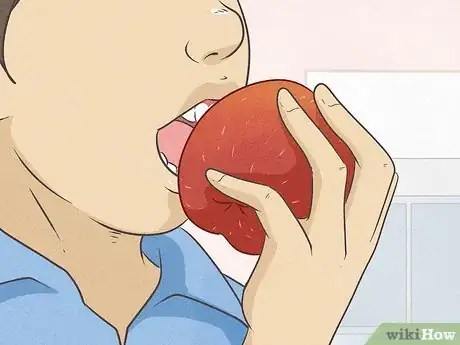
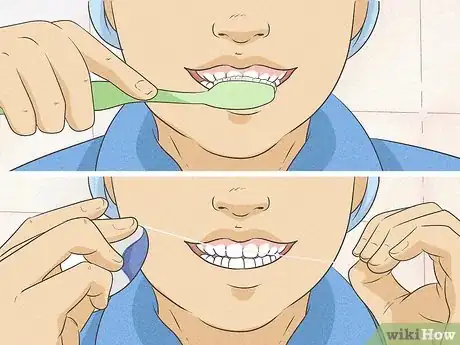

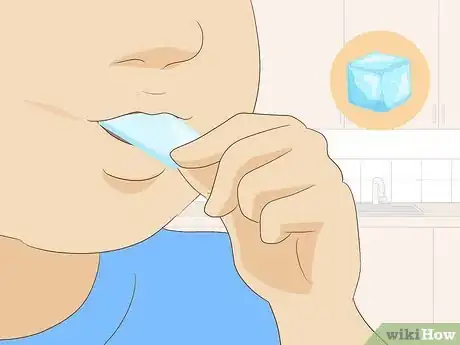
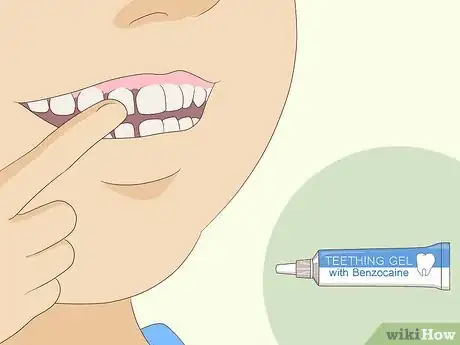
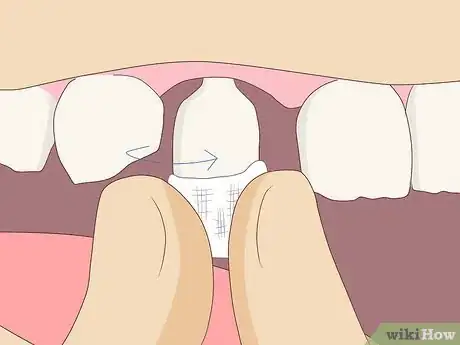
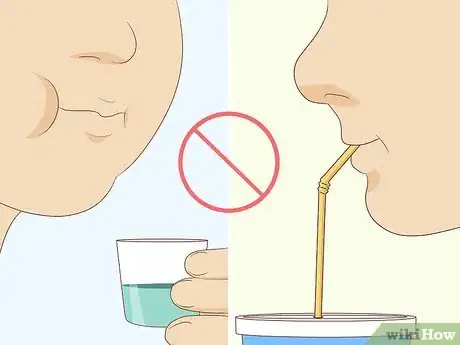
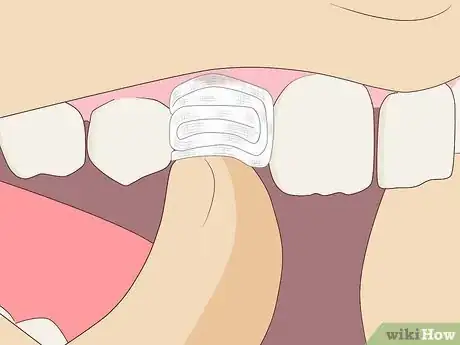
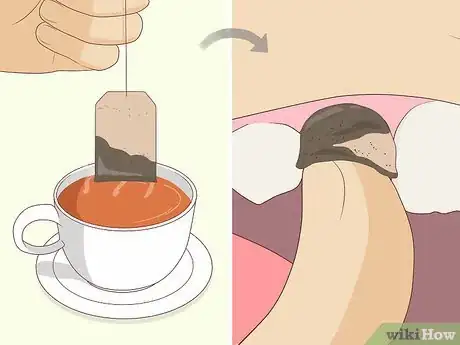
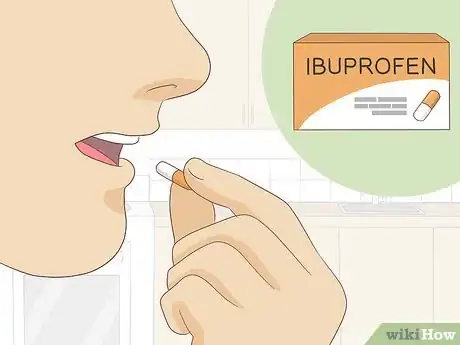
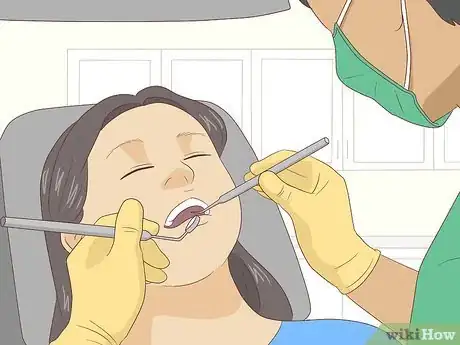


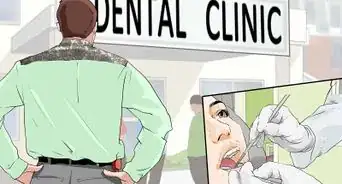
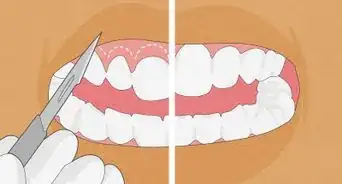
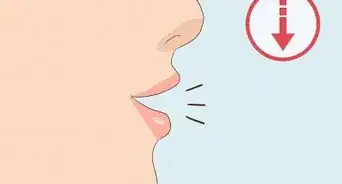

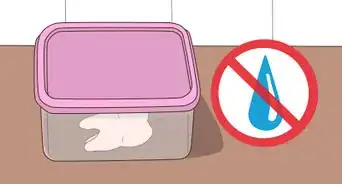
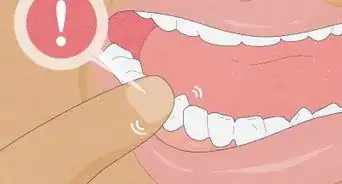

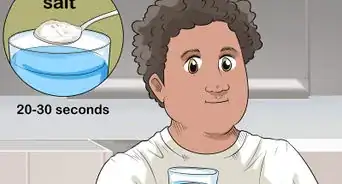
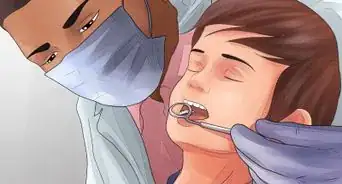
















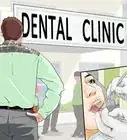
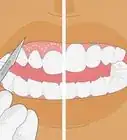



































Medical Disclaimer
The content of this article is not intended to be a substitute for professional medical advice, examination, diagnosis, or treatment. You should always contact your doctor or other qualified healthcare professional before starting, changing, or stopping any kind of health treatment.
Read More...